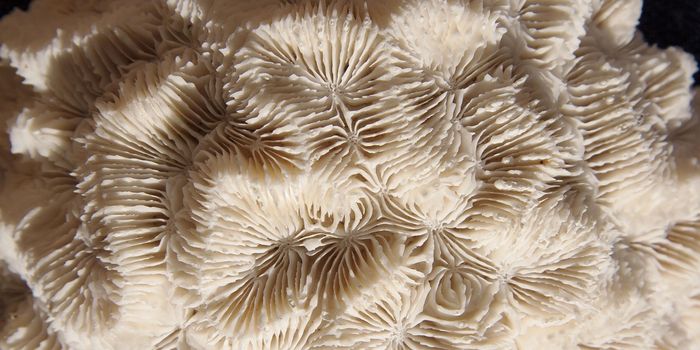
Amyloids, fibrous protein clumps often associated with diseases such as Alzheimer’s disease, form characteristic plaques in the brain. Learning how cells break down amyloids could help scientists to develop new drugs for Alzheimer’s, as well as Parkinson’s, Huntington’s and rheumatoid arthritis.
First described about 150 years ago, amyloids have since been tagged as key players in the above disease, but recent findings suggest that they may also have critical biological functions in healthy cells. A study appearing in Cell and reported in
Bioscience Technology explains that MIT biologists have discovered that yeast cells need to build amyloid-like structures during the production of reproductive cells called spores. Finding out how yeast cells build and then break down these protein structures could lead to developing drugs that destroy disease-causing amyloids.
According to Luke Berchowitz, a postdoc at
MIT’s Koch Institute for Integrative Cancer Research, and the paper’s lead author, “Amyloids in the brain persist for decades. We just can’t get rid of them, yet yeast cells seem to have a mechanism for getting rid of them in 15 minutes. If we can harness that mechanism, and really understand it, that could lead to anti-amyloid therapeutic opportunities.”
The researchers discovered the yeast amyloid-forming protein known as Rim4 while investigating how sexual reproduction works in yeast. Rim4 contains long regions of disorder and stretches rich in the amino acid asparagine, a hallmark of a type of amyloid-forming proteins known as prions. They had previously discovered that Rim4 latches onto messenger RNA (mRNA) molecules, which carry genetic information to the cell’s protein-building machinery. Now they have found that Rim4 uses amyloid-like clusters to prevent these mRNA molecules from being transcribed into proteins. This process regulates the formation of spores, reproductive cells that are analogous to eggs and sperm.
While yeast cells normally reproduce asexually, they can also undergo sexual reproduction through creation of spores that fuse to form new cells. The MIT researchers discovered that as yeast cells near completion of sexual reproduction, Rim4 amyloid-like clusters are broken down, releasing mRNA required for the cells to complete meiosis, the type of cell division that produces spores.
The MIT researchers also discovered preliminary data suggesting that an amyloid protein known as DAZL plays the same role in sperm formation in mice. They believe that similar proteins are probably found in every organism that reproduces sexually, including humans. While it is still unclear why cells rely on amyloid-forming proteins for this type of regulation, amyloids have the ability to withstand the harsh environments in which sexual reproduction cells are formed.
Berchowitz concluded, “Amyloids are stable and they’re able to sequester things. They’re very tough guardians. It’s a great opportunity to study assembly, regulation, and function of amyloids in living cells. It’s pretty exciting that we can form them rapidly, synchronously and abundantly.”
 Amyloids, fibrous protein clumps often associated with diseases such as Alzheimer’s disease, form characteristic plaques in the brain. Learning how cells break down amyloids could help scientists to develop new drugs for Alzheimer’s, as well as Parkinson’s, Huntington’s and rheumatoid arthritis.
Amyloids, fibrous protein clumps often associated with diseases such as Alzheimer’s disease, form characteristic plaques in the brain. Learning how cells break down amyloids could help scientists to develop new drugs for Alzheimer’s, as well as Parkinson’s, Huntington’s and rheumatoid arthritis.







